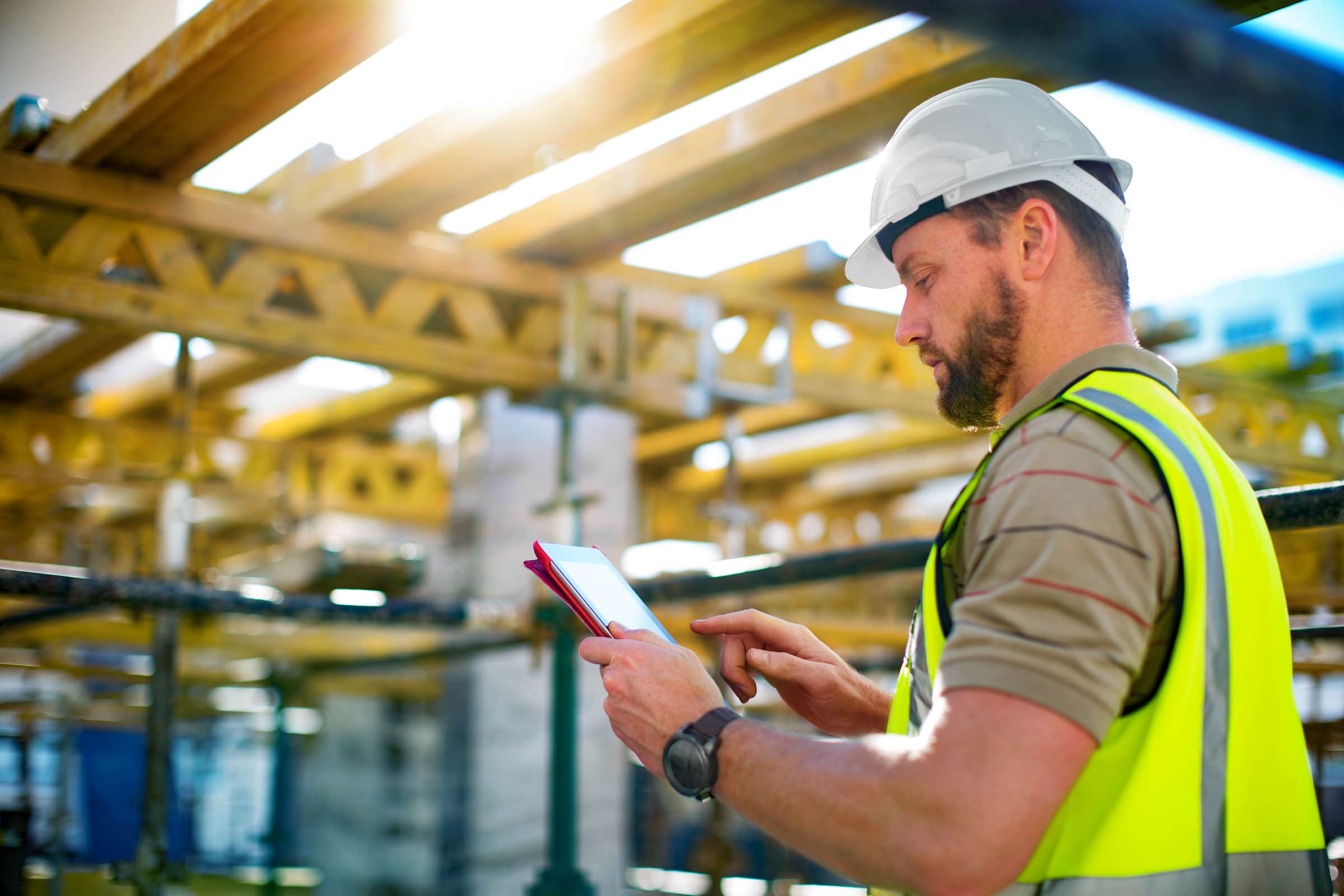
Photo courtesy of Oracle
As people look for ways to lessen their impact on the environment, sustainable construction is becoming much more in demand. Many construction organizations are placing a much bigger focus on baking sustainability into their practices, and even their corporate social responsibility initiatives as governments and customers alike call for more sustainable building options.
In the US the number of LEED-certified projects rose from 296 certifications in 2006 to more than 67,000 certifications in 2018. Construction companies must look for ways to get on-board with this shift in construction, and data analysis can be part of the solution.

Photo courtesy of Oracle
While many industries have reached a maturity in the way they collect, analyze, and use data, the construction industry seems a bit behind. We’re seeing organizations across the sector begin to adopt data practices for carbon counting or showing where they are against sustainability targets, but a lot of untapped potential remains.
With that potential fully realized, data analytics can overhaul the way we construct not only individual buildings, but major public infrastructure projects and even entire cities. Data can help us not only see how sustainable current construction methods are, but also how to use those insights to show sustainability throughout the entire construction life cycle, plan, build, and operate phases. When used correctly data will help propel the built asset industries toward long-term sustainable development methods.

Photo courtesy of Oracle
Smart cities are a fantastic proof point for how data analytics can enable sustainable building practices. As the way cities are developed continues to evolve, construction will rely on data analysis in everything. The live data generated from the built environment in smart cities provides insights into efficiencies, emissions, and even how citizens are utilizing areas of the city.
Smart cities take and create data in a cyclical manner—using information to inform how they should run, but also sending new insights back so changes can be made over time to improve how they operate. This feedback loop drives efficiency by enabling smart cities to run according to how their inhabitants want to live.
Amsterdam is a great example of a smart city. By infusing their centuries-old infrastructure with technology, the city has become more sustainable by making changes based on active data analytics from citywide Internet of Things (IoT)-empowered edge devices, improving areas like energy use, water waste, and traffic congestion.

Photo courtesy of Oracle
While these insights certainly help construction businesses be more sustainable in the present, analyzing the data captured from devices can help inform the future development of any new capital asset or city in its entirety, making sustainability a priority from the start. Cities like Al Qiddiya in Saudi Arabia—which is being built from the ground up—provide a great opportunity for construction organizations to lean on data from existing urban cities so they can implement successful green building practices from the beginning.
By leveraging data analytics, any building or piece of infrastructure that’s constructed in the future can be built with maximum sustainability. The beauty of actively collecting data is that it can help constantly refine development methods to be more sustainable, or to more rapidly address carbon footprints based on insights from previous projects. It can also be used to reduce waste throughout the construction life cycle. Analyzing data from existing smart cities and buildings will lead to a better understanding of human behavior, needs, and trends, allowing buildings to run as resource-efficiently as possible and significantly reducing carbon footprints.
Data analytics provides an excellent opportunity for the construction and engineering industries to adapt and evolve with government and citizen demands. Tapping into the wealth of data will not only improve construction methods, but will help construction businesses gain a better understanding of what humans really need from buildings and cities. This will lead to an evolution of not just how buildings are constructed, but what will be built. Further smart development will lead to even more data and greater insights, paving the way toward a much greener future.

Photo courtesy of Oracle
Frank Malangone, senior director for product and industry strategy at Oracle Construction and Engineering, has more than 35 years’ experience as a business technology leader within the engineering and construction (E&C) industry. He has a proven ability to implement innovative solutions targeted at improving organizational competitiveness. Malangone is now part of Oracle’s Construction and Engineering Global Business Unit (CEGBU), ensuring the unit’s products’ capabilities are aligned with industry trends.
